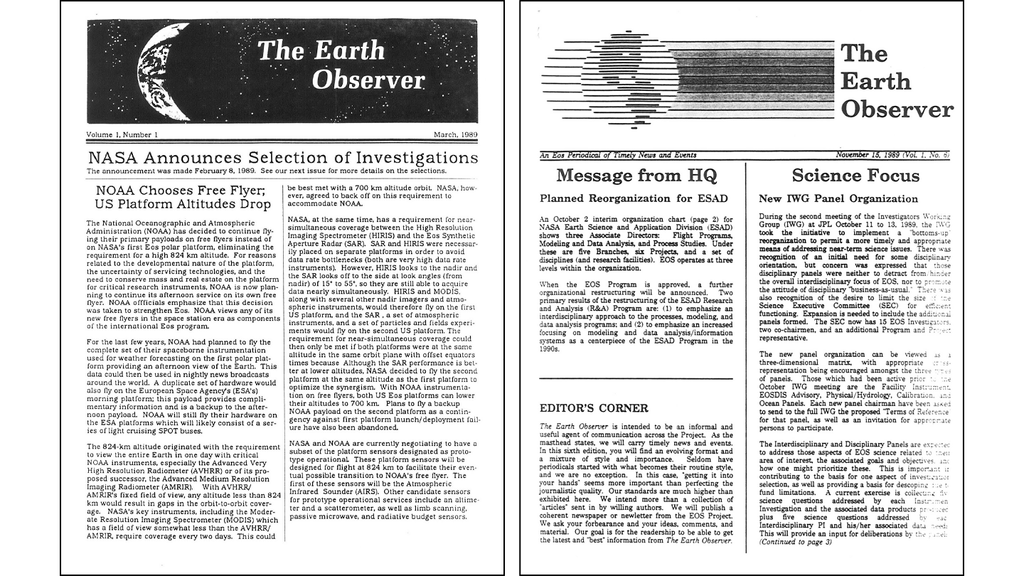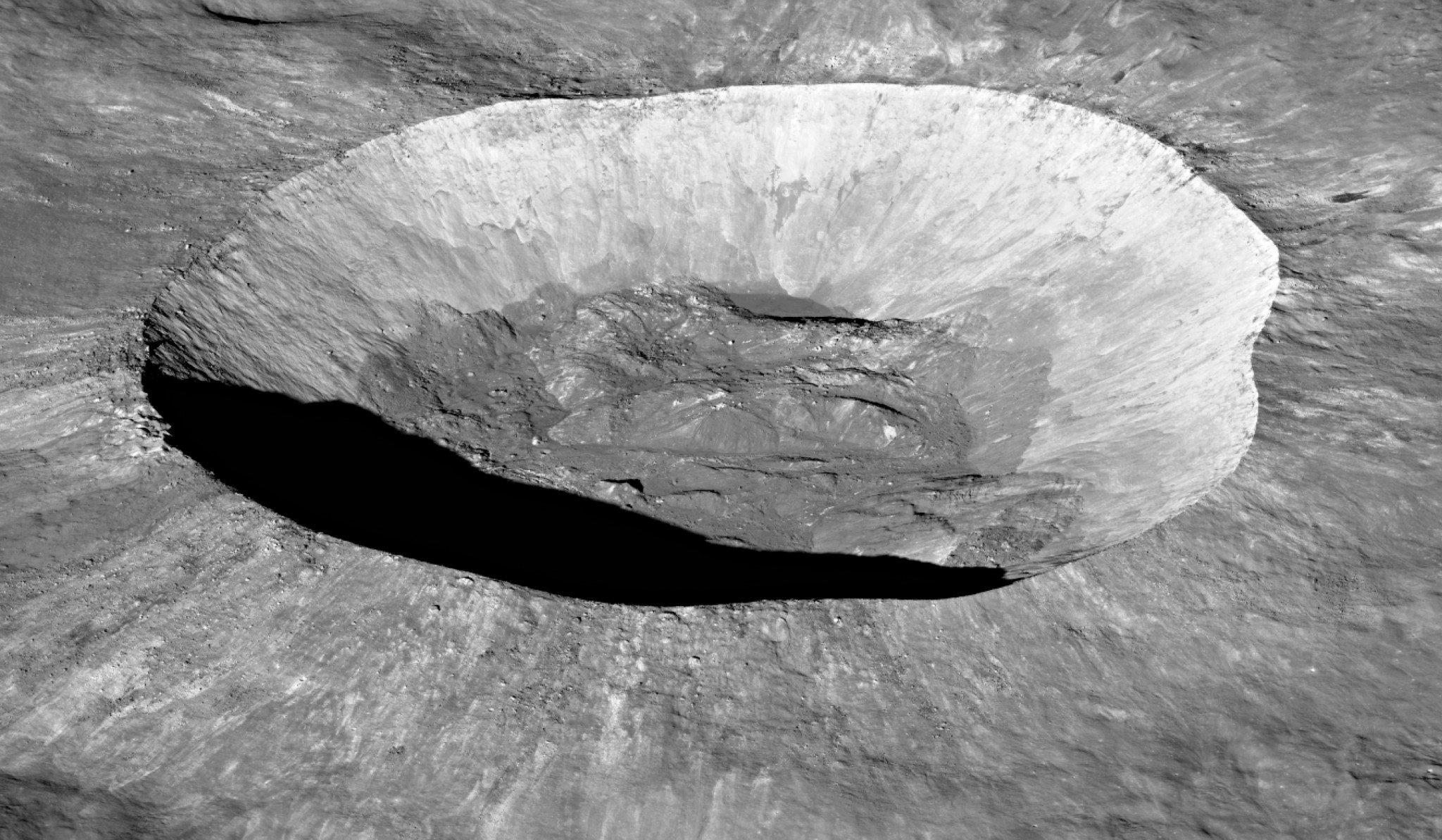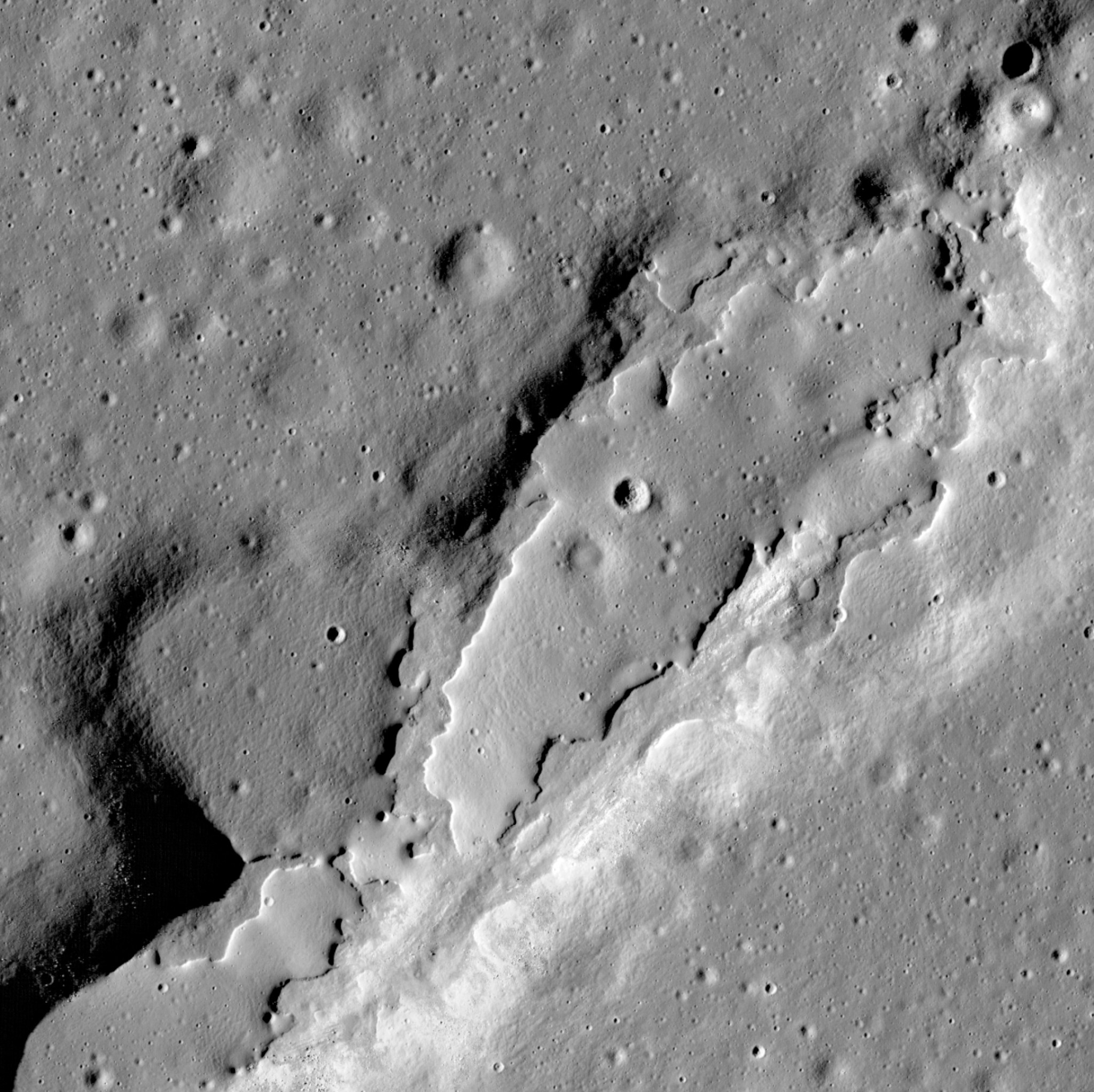Images from NASA’s Lunar Reconnaissance Orbiter (LRO) will be on display at the National Air and Space Museum in Washington, D.C. beginning Feb. 26.
The new exhibit, “A New Moon Rises: New Views from the Lunar Reconnaissance Orbiter Camera,” displays the dramatic lunar landscapes captured by the LRO Camera (LROC). The 61 large prints in the exhibition reveal a celestial neighbor that is surprisingly dynamic by celestial standards. They reveal newly formed impact craters, recent volcanic activity, and a crust being fractured by shrinking of a still cooling interior.
“Most people do not realize that the moon is still a very active place, and that it has breathtaking landscapes that are both familiar and alien,” said Tom Watters, senior scientist at the museum’s Center for Earth and Planetary Studies and curator of the exhibition in Washington.
“A New Moon Rises” is divided into six themes – Global Views, Exploration Sites, Discoveries, Vistas, Topography and Craters. These themes helped to determine which of the thousands of images taken by the LROC would be chosen for display. Visitors will also have the opportunity to see new images from LROC projected on a large screen. The new images will be updated daily. The exhibition includes a display of spare cameras and a large 3-D model of a young lunar crater.
“To me the LROC images reveal the moon to be a mysterious and beautiful place—a whole world just three days away,” said Mark Robinson, LROC instrument principal investigator at Arizona State University in Tempe, Arizona. “It is my hope that visitors will walk away from the show excited about the moon.”
The exhibition is made possible by the support of NASA and Arizona State University.
“The lunar landscape is truly spectacular, and it’s gratifying to know that this exhibit will bring new views of the moon to the huge audience that visits NASM every year,” said John Keller, LRO project scientist at NASA’s Goddard Space Flight Center in Greenbelt, Maryland.
Launched on June 18, 2009, LRO has collected a treasure trove of data with its seven powerful instruments, making an invaluable contribution to our knowledge about the moon. LRO is managed by NASA’s Goddard Space Flight Center in Greenbelt, Maryland, for the Science Mission Directorate at NASA Headquarters in Washington, D.C.
For more information on LRO visit:





























